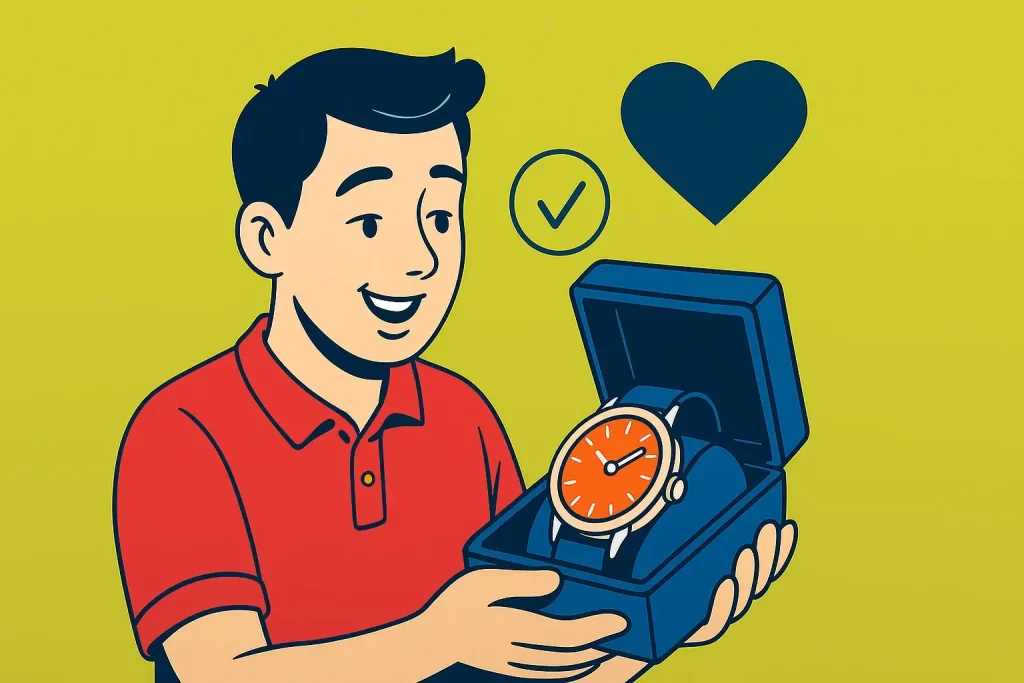Why Emotion Drives 70% of Your Customer’s Decisions
You’ve probably seen one of those psychological ads.
You know the kind that stops your scroll, stirs something inside you, and suddenly makes buying that thing feel… inevitable. That’s not luck. It’s a powerful strategy brands use to connect deeply, influence behavior, and drive action.
Here’s the deal: People don’t buy with logic. They buy with feelings, and then they justify it later with facts.
In fact, studies show that emotional ads outperform purely rational ones by 2x in effectiveness. Want people to click, convert, and come back? Make them feel first.

The Emotional Blueprint: How Your Brain is Wired to Buy
We’re drowning in ads. To cut through the noise, you have to speak to what your audience feels, not just what they think.
Understanding why emotional ads work starts in the brain:
- The 0.05 Second Rule: The brain processes emotional cues in 0.05 seconds, faster than logical reasoning.(Source: Damasio, 2004)
- The Amygdala Effect: This is your brain’s emotional center. It ensures that content tied to feelings (joy, nostalgia, fear) stays with people longer.
- 70% Rule: Consequently, a McKinsey study found that 70% of purchasing decisions are based on emotion, not logic.
When your ads trigger emotions, the brain releases oxytocin, the trust hormone. That connection is the secret behind brands like Amul, which has cultivated loyalty for over 50 years using humor and nostalgia.
The C.A.T.E. Framework: 4 Psychological Triggers That Sell
How do you apply this science? You use a repeatable model. We call it C.A.T.E. a simple framework for high-converting, psychologically-driven ads.
1. C is for Curiosity (Grab Attention) 👀
The human brain is wired to fill knowledge gaps. Therefore, curiosity is the ultimate scroll-stopper.
- Pattern Interruption: Use a surprising visual or a bizarre question in the first three seconds of a video.
- Tease, Don’t Tell: Build suspense with pre-launch drip hints or countdowns. Make people wait for it, like Apple’s famous product reveals.
2. A is for Authority (Build Trust) 🔬
People trust experts. Authority adds instant credibility to your message.
- The “White Coat” Effect: Use testimonials from experts, founders, or doctors. For example, share a stat like: “Trusted by 20,000+ users” or feature a credentialed creator.
- Legacy & Status: Likewise, brands like Rolex and Patek Philippe don’t sell watches; they sell status and a timeless legacy. You’re buying identity, not specs.
3. T is for Trust (Shared Values & Nostalgia) 🫂
This is where loyalty is built. People love brands that share their values and remind them of happy times.
- Nostalgia Wins: Amul’s famous “Amul Girl” ads tap into shared cultural moments and childhood memories. This boosts emotional engagement by up to 55%.
- Values Alignment: Campaigns like Tata Tea’s “Jaago Re” connect the brand to broader social values. In short, when a brand shows it understands what people care about, trust grows.
4. E is for Emotion (Drive Urgency & Action) ❤️
Emotion is the engine of the sale. Use one core feeling to anchor your entire campaign.
| High-Converting Emotion | Example Tactic | Brand Example |
|---|---|---|
| Joy / Happiness | Use humor, upbeat music, and bright colors. | Coca-Cola – “Open Happiness” |
| Fear / Anxiety | Highlight the pain of the status quo (but offer the solution). | ICICI Lombard – Health Insurance (showing risk) |
| Guilt / Responsibility | Frame the product as the ethical choice or obligation. | Ariel – “Share the Load” (gender roles) |
| Belonging (FOMO) | Use phrases like “Only 2 left” or “Join 50K happy customers.” | Limited-time sales; community-focused ads |
| Empowerment | Focus on the outcome and who the customer becomes. | Vicks – “Touch of Care” |
Using Psychology Ethically: An E-E-A-T Mandate
Yes, psychology sells. But so does integrity. Long-term loyalty comes from trust, not cheap tricks.
Here’s how to use psychological triggers the right way:
- Keep Urgency Real: Don’t manufacture scarcity or fake countdown timers. Always pair urgency with real value.
- Use Real Proof: Leverage actual customer stories and testimonials; no fake reviews.
- Sensory Consistency: Use color and sound intentionally (sensory marketing) to reinforce your message. For instance, using consistent, cheerful music across all Amul ads makes the brand 70% more memorable.
Measuring Emotional Ad Success
If you’re only tracking Click-Through Rate (CTR), you’re missing the bigger picture. Track these “soft” metrics to measure your emotional impact:
- Brand Lift: Did your campaign increase people’s awareness of your brand?
- Ad Recall: Do people remember your ad 24 hours later? (Key indicator of memorability).
- Sentiment Analysis: What are people saying about the feeling of the ad on social media?
Final Takeaway: Ads That Sell Don’t Just Talk, They Feel
Psychological ads aren’t just persuasive; they’re powerful. They create a connection, build trust, and drive behavior. And when done right, they don’t just sell more stuff… they sell meaning.
Ready to anchor your next campaign?
- Pick one emotion to anchor your next campaign (Joy is a safe bet!).
- Add an Authority cue (a stat, a testimonial, or a founder quote) to your best-performing ad.
- Use color intentionally (try a highly contrasting color like red or yellow on your CTA button and measure the CTR uplift).
Frequently asked questions in psychological ads
What is a psychological ad?
Psychological ads use emotional and cognitive triggers (like fear, trust, scarcity, or social proof) to influence how people perceive and respond to a product or brand.
Are psychological ads ethical?
Yes, when used transparently and with empathy. Manipulative tactics can backfire. The goal is to align with the buyer’s true needs and emotions, not to trick them.
Which psychological triggers work best in India?
Social proof, authority, family-focused emotion, and value-based urgency resonate strongly with Indian audiences across tier 1–3 cities.
Where can I learn more about psychology in marketing?
Check out Robert Cialdini’s Influence and Nielsen Neuroscience research for deeper insights.
What is an emotional advertisement?
It’s an ad that uses feelings like happiness, fear, or nostalgia to connect with the viewer and influence decision-making beyond logic.
What are emotional marketing methods?
Methods include storytelling, color psychology, relatable visuals, and testimonial videos to evoke emotions that lead to engagement or action.
What is advertising psychology?
Advertising psychology is the study of how consumers respond to advertising stimuli — using emotion, cognitive bias, and behavior patterns to improve impact.
What is the psychological impact of ads on consumers?
Ads shape perception, trigger emotional reactions, and influence decision-making — sometimes even subconsciously — based on how they’re framed.
How does the psychology of advertising influence consumer behaviour?
It taps into human emotion, trust, bias, and identity to motivate decisions, build loyalty, or prompt impulse buying.
Why is buyer behavior and psychology important for marketing?
Understanding buyer psychology helps marketers craft messages that resonate, reduce resistance, and increase conversions more effectively.

















One Response
I went over this site and I believe you have a lot of great info , bookmarked (:.